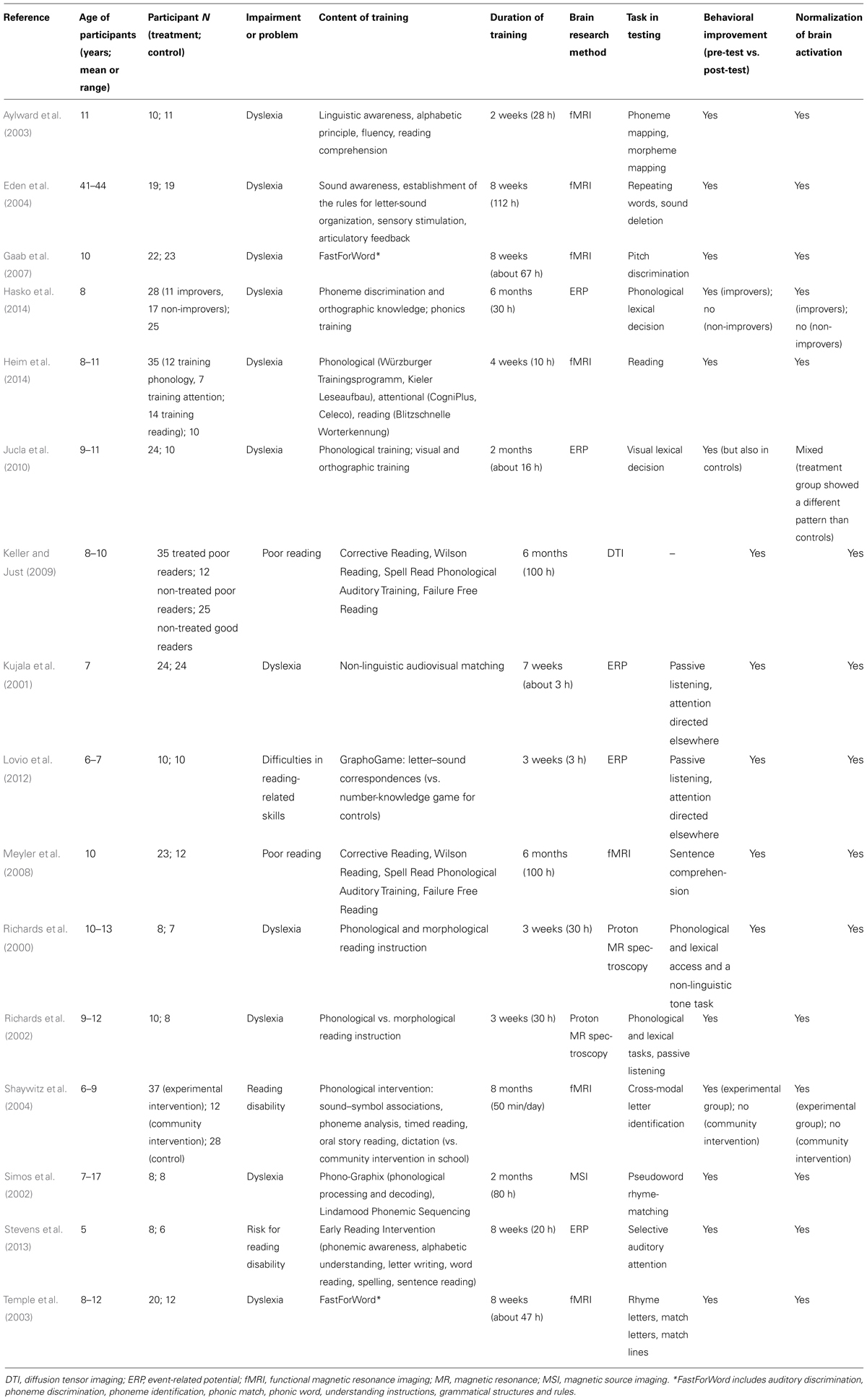

Look for other therapists or resources in your community that may help. pencils or other writing implements with special grips to make writing easierĪnd if you feel that the treatment you or children receive for dysgraphia isn’t sufficient, don’t give up.lesson or lecture notes provided by the teacher as printouts, recordings, or in digital form.oral exams and assignments, instead of written ones.use of a computer for notes and other assignments.a designated note taker in the classroom Dyslexia is a language-based learning disability that involves many different symptoms, with at least some of those symptoms affecting between 15 and 20 percent of the population, according to.Dyslexia is also very common, affecting 20 percent of the population and. While people with dyslexia are slow readers, they often, paradoxically, are very fast and creative thinkers with strong reasoning abilities. Some classroom strategies that may help include: In fact, dyslexia is an unexpected difficulty in reading in an individual who has the intelligence to be a much better reader. If you have a son or daughter with dysgraphia, it’s important to work with your child’s school and teachers on accommodations that are appropriate for this type of learning disability. For others, it remains a lifelong challenge. Living with dysgraphiaįor some people, occupational therapy and motor skills training can help improve their writing ability. Medications may be needed to treat ADHD, for example. If other learning disabilities or health issues are present, treatment options will need to address those conditions as well. There are also several writing programs that can help children and adults form letters and sentences neatly on paper. tracing letters in shaving cream on a desk.

holding a pencil or pen in a new way to make writing easier.Occupational therapy may be helpful in improving handwriting skills. This can affect self-esteem and lead to anxiety, a lack of confidence, and negative attitudes toward school. Students with dysgraphia may also be accused of being sloppy or lazy because their handwriting isn’t neat. Other things that are said may be missed. This can make it difficult to take notes during class or a meeting because so much attention is being paid to getting each word down on paper. People with dysgraphia often have trouble concentrating on other things while writing. omitting letters and words from sentences.tight hold on pen or pencil resulting in hand cramps.unusual body or hand position when writing.difficulty visualizing words before writing them.inappropriate sizing and spacing of letters.Some common characteristics of dysgraphia include: It’s also possible to have neat handwriting if you have dysgraphia, though it may take you a long time and a lot of effort to write neatly. The effect of APD can be worsened by the presence of other conditions, such as dyslexia, language processing difficulties, poor attention and poor short-term memory.Illegible handwriting is a common sign of dysgraphia, but not everyone with messy penmanship has the disorder. Some children have a greater range of difficulties than others. Children with dyslexia are often referred to the audiologist to be evaluated for auditory processing disorder (APD). Nevertheless, their definition of dyslexia also reiterates that in place of such weaknesses, dyslexics are gifted with creative or oral skills and that the impairment occurs. Some children have a greater range of difficulties than others. Dyslexics have weaknesses in the following areas: memory, processing speed, short-term memory, visual perception, auditory perception, spoken language, and motor skills. Once the sound has arrived in the brain, there are problems with interpreting it, for instance, recognising the sound or understanding speech.Įach person is affected in a different way and to a different degree, so APD may be called a ‘spectrum disorder’. It then travels to the brain through the auditory nerve. When someone has APD, sound enters the ear canal and passes through the middle and inner ear as usual. The brain then interprets these nerve impulses as sound. The movement of the fluid in the cochlea stimulates the hair cells inside it to trigger a nerve impulse, which is carried to the brain by the auditory nerve. The sound then passes through the middle ear via the three small bones of hearing (ossicles) on to the inner ear, which is filled with fluid.

Sound waves enter the ear canal and cause the eardrum to vibrate. The ear consists of three parts, the outer ear, the middle ear and the inner ear.

Coronavirus (COVID-19) – information for children, young people and familiesĬoming to GOSH for a day or inpatient admissionĬoming to GOSH for an outpatient appointment


 0 kommentar(er)
0 kommentar(er)
